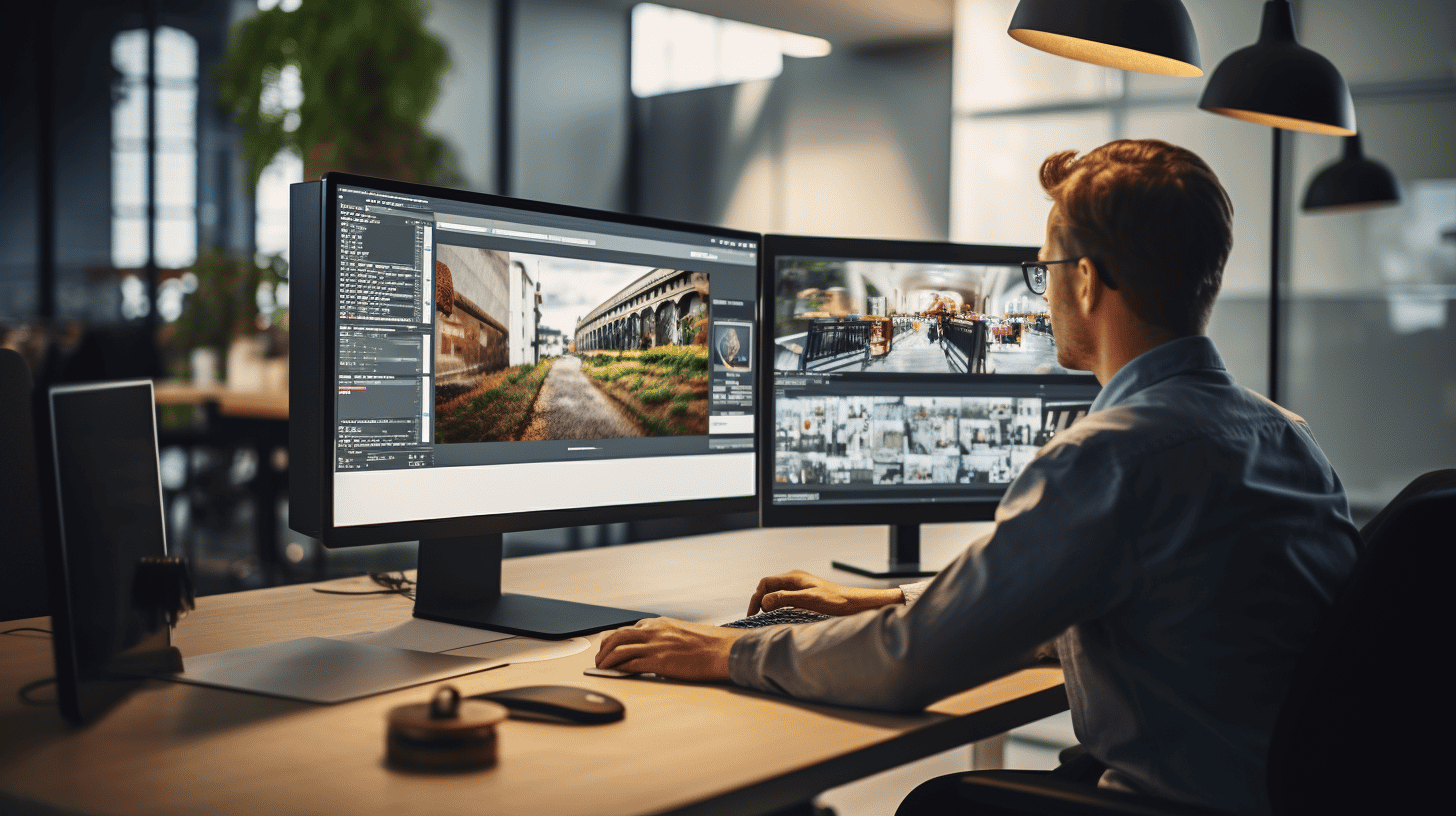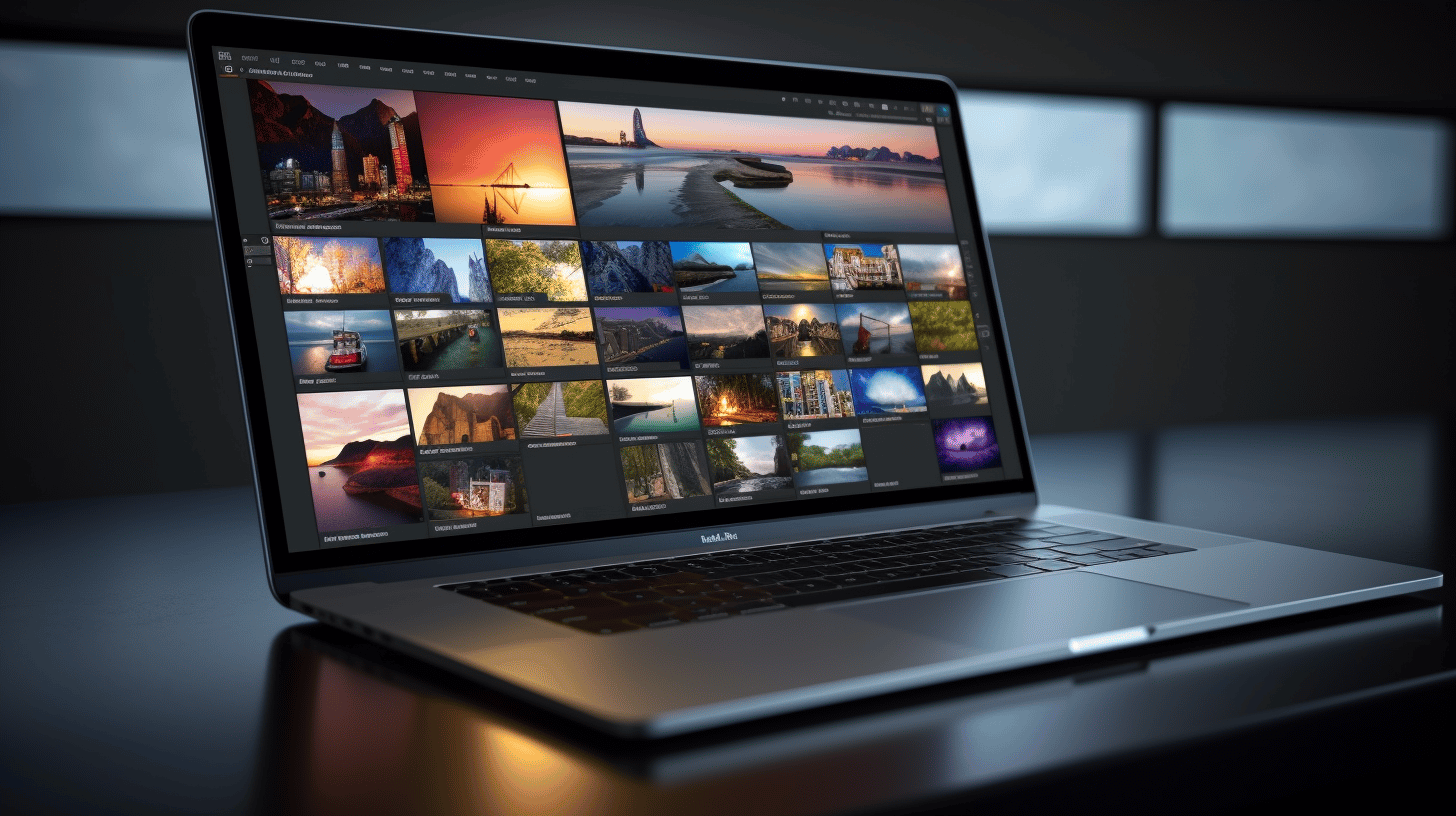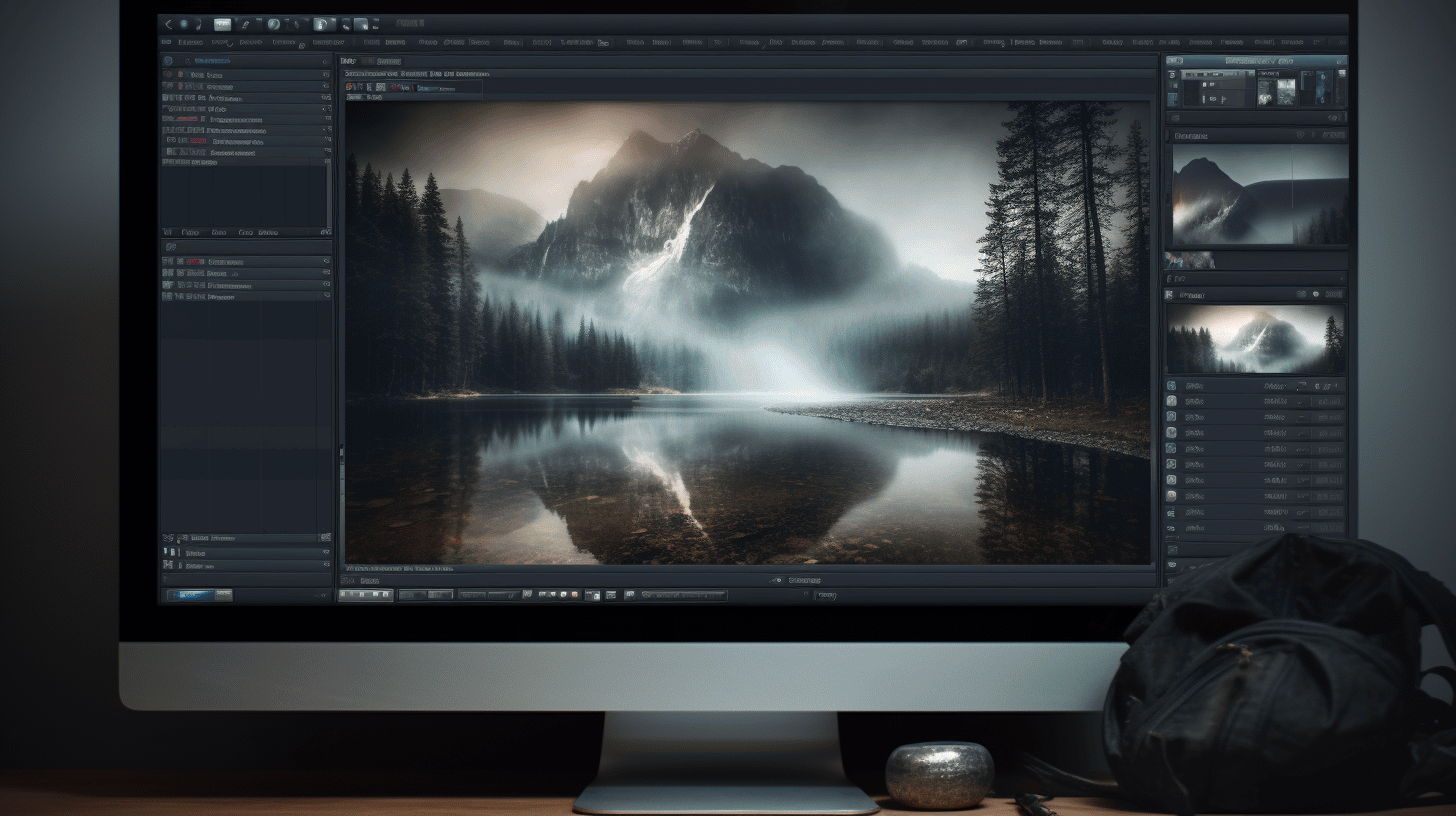The concept of autonomous photography has gained momentum with the rapid advancements in AI-based camera technology. The new generation of cameras, with AI at their core, are pushing the boundaries of traditional photography and providing photographers with powerful tools to create stunning images. This article will delve deep into the world of AI-driven camera technology, examining how these innovative systems are transforming the photography landscape and what the future holds for this exciting field.
Table of Contents
- Introduction to Autonomous Photography
- Key Features of AI-Driven Camera Technology
- AI-Driven Camera Systems Vs. Traditional Photography
- Pros and Cons of AI-Driven Camera Technology
- The Future of Autonomous Photography
- FAQs
1. Introduction to Autonomous Photography
Autonomous photography, facilitated by AI-driven camera technology, is the latest frontier in the world of photography. This cutting-edge technology enables the camera to analyze and process visual elements in real-time, allowing it to make intelligent decisions to optimize exposure, focus, and composition. By doing so, it empowers the photographer to produce images that exceed the capabilities of traditional camera systems.
How AI is Integrated into Camera Systems
AI-powered camera systems employ deep learning algorithms and processing power to analyze vast amounts of visual data. These intelligent systems can recognize and understand complex scenes, automatically adjust shooting settings, and apply post-processing techniques to enhance image quality. In essence, the AI operates as an advanced photography assistant, handling an array of tasks to improve the photographic output.
2. Key Features of AI-Driven Camera Technology
- Scene Recognition: AI-driven cameras can identify various elements within an image, such as lighting conditions, subject types, and composition, adjusting settings automatically to capture the perfect shot.
- Autofocus Tracking: Advanced autofocus systems, powered by AI, continuously track subjects and predict their movements to maintain optimal focus for sharp and clear images.
- Intelligent Exposure Control: AI-powered cameras analyze light within scenes and automatically adjust settings to achieve ideal exposure, balancing highlights and shadows to produce visually appealing photographs.
- Noise Reduction: Sophisticated AI algorithms can identify image noise levels and apply advanced noise reduction techniques in real-time to improve image quality at high ISO settings.
- Post-Processing Automation: AI-driven camera systems can automatically perform advanced post-processing tasks such as enhancing colors, sharpening details, and correcting distortion.
3. AI-Driven Camera Systems Vs. Traditional Photography
While traditional photography approaches involve manual adjustments and rely heavily on the photographer’s skills and experience, AI-driven camera systems simplify some challenging aspects of photography. They can quickly analyze the scene, make educated decisions, and apply real-time adjustments to optimize the captured image. This results in several advantages over traditional camera systems, including increased speed,precision, and ease-of-use.
Greater Accuracy in Image Capturing
One significant advantage of AI-driven cameras is their ability to analyze and process vast amounts of visual data in real time. This enables them to recognize complex scenes and optimize settings for improved accuracy in capturing subjects and achieving desired compositions. Consequently, photographers benefit from greater consistency and precision in the images they capture.
Time-Saving Benefits
With AI-driven cameras’ ability to automate essential aspects of photography, users can significantly cut the time spent on manual adjustments, focusing on other vital elements like framing, storytelling, and creative expression. Furthermore, the automation of post-processing tasks can save photographers countless hours of tedious work in editing software, streamlining their workflow considerably.
Ease of Use
AI-driven cameras simplify many aspects of photography, making it more accessible to novices and enthusiasts who lack in-depth knowledge or experience. By automating the more complex and technical aspects, AI-assisted systems can help photographers learn faster and achieve better results with less effort.
4. Pros and Cons of AI-Driven Camera Technology
Pros
- Speed: The advanced algorithms in AI-driven cameras allow for quick scene analysis and real-time adjustments, significantly increasing photographic efficiency.
- Accuracy: AI camera systems can inherently recognize and understand complex scenes, leading to greater accuracy in subject tracking, focusing, and exposure settings.
- Simplicity: The automation of various technical aspects simplifies the photography process, making it more accessible to new and budding photographers.
- Post-processing: By automating post-processing tasks, AI-driven cameras save photographers time and effort in editing, ultimately enhancing their overall workflow.
Cons
- Loss of control: Some photographers may find the degree of automation in AI-driven camera systems restrictive, as they prefer to maintain full manual control over their work.
- Dependency: Relying too heavily on AI-driven systems can hinder photographers from developing their skills and understanding of essential photographic concepts, leading to a potential lack of growth.
- Cost: The advanced technology in AI-driven cameras often comes with a higher price tag, making them less accessible to budget-conscious photographers.
5. The Future of Autonomous Photography
As AI-driven camera technology continues to evolve, we can expect several new developments and improvements in the field of autonomous photography. This could potentially include the integration of more sophisticated AI algorithms, the development of cameras with specific AI-driven functions, and improvements in the overall user experience. Additionally, as the technology becomes more prevalent and affordable, we will likely see a greater adoption rate by both professional and amateur photographers.
6. FAQs
-
Are AI-driven cameras only suitable for beginners?
No, AI-driven cameras are valuable tools for photographers of all skill levels. They can provide beginners with assistance in mastering complex technical aspects, while experienced photographers can benefit from increased efficiency, accuracy, and post-processing capabilities.
-
Can AI-driven cameras replace human photographers?
While AI-driven cameras can automate various technical tasks, they cannot replace the human element in photography — creativity, artistic vision, and storytelling. Photographers still retain control over these essential aspects to produce compelling images.
-
Are AI-driven camera systems more expensive than traditional cameras?
In general, AI-driven camera systems may carry a higher price tag due to their advanced technology and capabilities. However, as the technology matures and becomes more widespread, the cost could become more accessible for photographers with varying budgets.
In conclusion, AI-driven camera technology presents an exciting opportunity for photographers, offering increased efficiency, accuracy, and a simplified user experience. As the technology continues to develop and improve, autonomous photography may shape the future of the industry. While there are potential drawbacks to consider, such as a loss of control and dependency on automation, the benefits and advancements offered by AI-driven systems are hard to ignore. Ultimately, a combination of AI-driven technology and human creativity holds the key to unlocking extraordinary photographic potential.




0 Comments